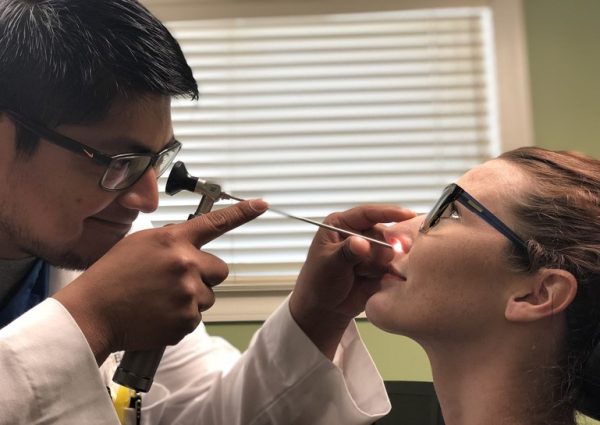
Sinus Infections -Symptoms And Treatment
Sinus infections, also known as sinusitis, occur when the tissues lining the sinuses become inflamed or infected, often due to a viral, bacterial, or fungal cause.
What is Sinus? Sinuses are air-filled pockets in the bone of the face. Sinus are found in your forehead, at the bridge of your nose, way behind your eyes and at the apples of your cheeks. If these air pockets become blocked with fluid, germs like viruses or bacteria and fungus can multiply in these spaces leading to infection. Itis is inflammation of the sinus.
Common symptoms of sinus infection:
- Nasal congestion
- Facial pain or pressure
- Headache -frontal headache
- Thick nasal discharge
- Sore throat and sometimes fever
Other symptoms:
- Runny nose
- Mucus dripping down the throat (post-nasal drip)
- Cough
- Bad breath
- Pain in the teeth
- Face tenderness
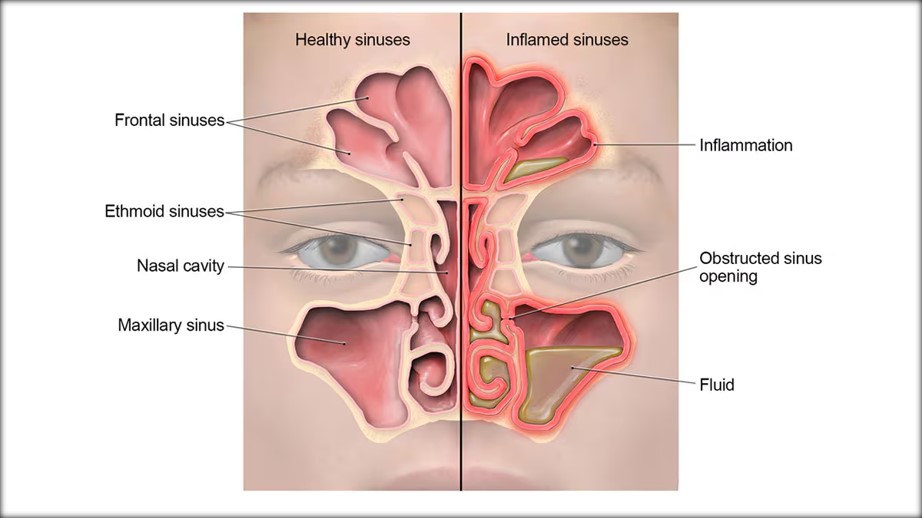
Diagnosis: Examination of throat, nose and sinuses will help the doctor to diagnose the condition. Redness, swelling of the nasal tissues, tenderness of the face, discolored (greenish) nasal discharge and bad breath are considered sinus infections.
Ways to alleviate discomfort:
- Stay hydrated:
- Drink warm or hot water to thin mucus, making it easier to drain.
- Avoid alcohol and caffeinated beverages, as they can dehydrate you.
- Steam therapy:
- Inhale steam from a bowl of hot water or take a warm shower to moisten nasal passages and relieve congestion.
- Use a towel over your head for a focused steam effect but be cautious of the heat.
- Saline nasal spray or rinse:
- Use a saline spray or perform nasal irrigation with a neti pot to flush out mucus and allergens.
- Ensure sterile water or a saline solution to prevent infections.
- Apply warm compresses:
- Place a warm compress over your sinuses (around the nose, cheeks, and eyes) to reduce pain and improve mucus flow.
- Elevate your head:
- Use extra pillows to keep your head elevated while sleeping. This helps the sinuses drain and reduces pressure.
- Rest and recovery:
- Allow your body to heal by getting adequate sleep and avoiding strenuous activities.
OTC options:
- Decongestants:
- Oral decongestants or nasal sprays can temporarily relieve nasal congestion.
- Limit nasal spray use to 3 days to avoid rebound congestion.
- Pain relievers:
- Ibuprofen or acetaminophen can help reduce pain and fever.
- Antihistamines:
- If your nasal congestion is because of allergy, then Antihistamines like cetirizine may be helpful if sinusitis is linked to allergies.
When to see a doctor?
- Symptoms persist beyond 10 days without improvement or worsening after initially getting better.
- High fever, severe facial pain, or swelling around the eyes.
- Recurrent sinus infections (more than three times per year).
- Suspected bacterial infection, often indicated by yellow/green discharge and a high fever.
Medical interventions:
- Antibiotics: For bacterial sinusitis.
- Corticosteroids: Nasal sprays like fluticasone can reduce inflammation.
- Allergy Management: If allergies contribute, desensitization or medications may help.
- Surgery: Rare cases may require surgical intervention to remove obstructions or polyps
References:
- www.CDC.gov
- https://acaai.org/allergies/allergic-conditions/sinus-infection/
- https://www.pennmedicine.org/
Image credit:
- Image by StewartENT from Pixabay (Free to use under Pixabay content license)
- https://www.cdc.gov/sinus-infection/about/index.html
Author: Sumana Rao | Posted on: November 27, 2024
« Traction Alopecia -Tight Hairstyles Can Cause Hair Loss Protect Eyelids Health To Protect Your Eye Health »














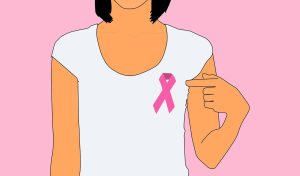





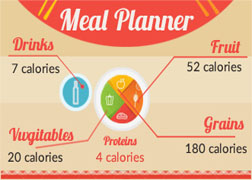
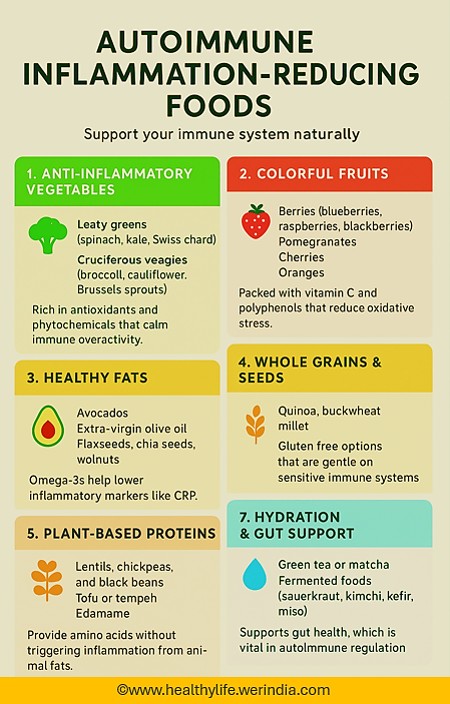
Write a comment